
Research Topics
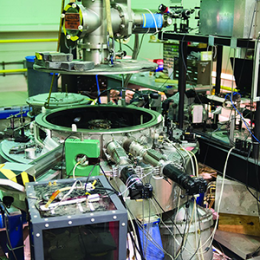
Astrophysics, Fusion and Plasma Physics
Cornell’s research programs in planetary astronomy, infrared astronomy, theoretical astrophysics, and radio astronomy are internationally recognized. Plasma physics is the science of electrically conducting fluids and high-temperature ionized gases. While the best-known research impetus is controlled fusion as a potential source of electric power, plasma physics also underlies many solar, astrophysical, and ionospheric phenomena as well as industrial applications of plasmas.
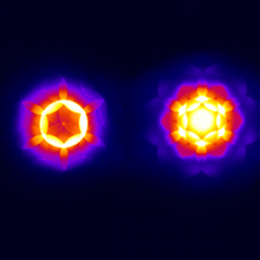
Nanoscience and Nanotechnology
Nanoscience, the behavior of physical systems when confined to near atomic, nanoscale ( 100 nm) dimensions together with the physical phenomena that occur at the nanoscale, is currently one of the most dynamic and rapidly developing areas of interdisciplinary research in applied physics.
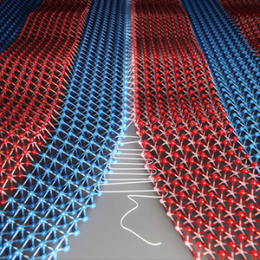
Condensed Matter and Materials Physics
Research topics in this diverse area range from innovative studies of the basic properties of condensed-matter systems to the nanofabrication and study of advanced electronic, optoelectronic, spintronic, and quantum-superconductor devices.
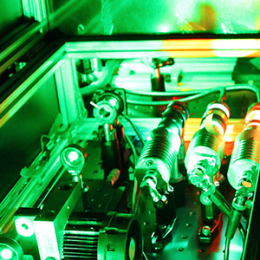
Energy Systems
The need for future renewable sources of energy and ways to minimize consumption is leading to a growing emphasis on new concepts for the generation, storage, and transportation of energy. Cornell faculty are involved in developing a wide range of energy-related materials, such as photovoltaic materials, thermoelectrics, advanced battery materials and catalysts, membranes and supports for mobile fuel cells. Research is also conducted on materials processing that minimizes environmental impact.
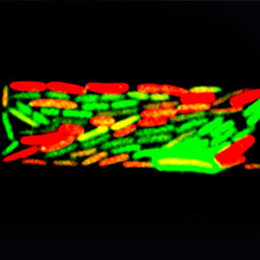
Biophysics
Biophysics is a broad field, ranging from fundamental studies of macromolecules or cells, through the design of state of the art diagnostic or medical tools. A number of AEP research groups are pushing the limits in biophysical studies by developing instruments that provide new insight into the physics that drives biological processes or developing new methods for manipulating biomolecules for biotechnological or biomedical applications.
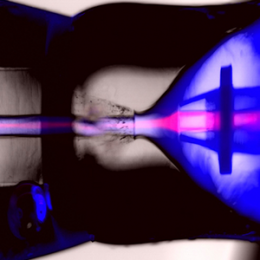
Microfluidics and Microsystems
Researchers in this field use their knowledge of microfluidics to create microsystems useful both in research and real-world applications in a variety of fields, including chemistry, biology, agriculture, and biomedical engineering.
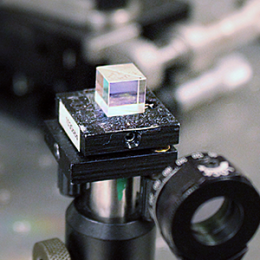
Optical Physics
Photonics researchers focus on the applications of the particle properties of light; optoelectronics has to do with the study and application of effects related to the interaction of light and electronic signals.
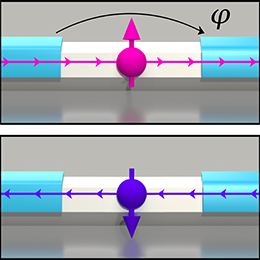
Quantum Information Science
QIS research studies the application of quantum physics to information science and technology. AEP has research groups spanning quantum sensing, communications, simulation, and computing, with experimental approaches including superconducting circuits, trapped ions, photonics, and semiconductor devices.

